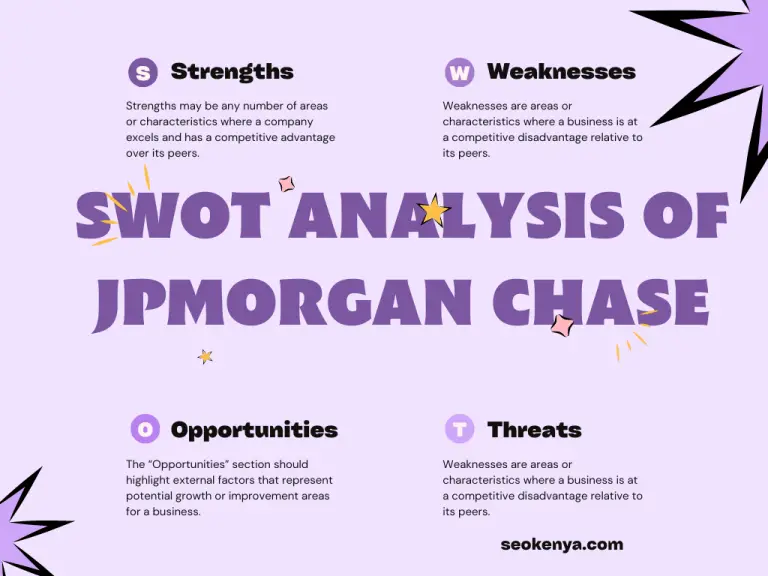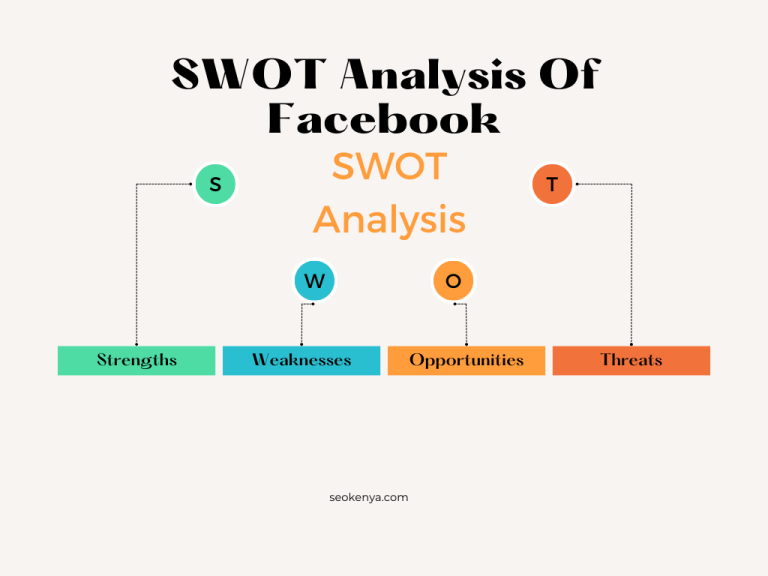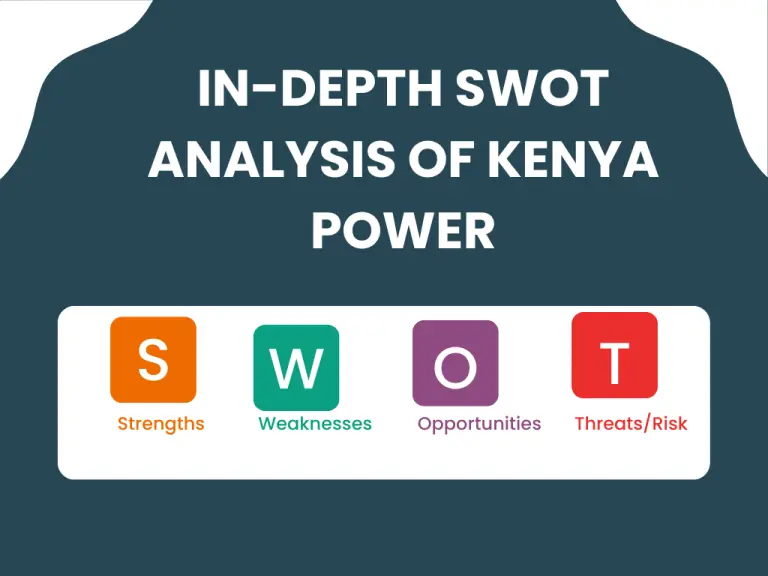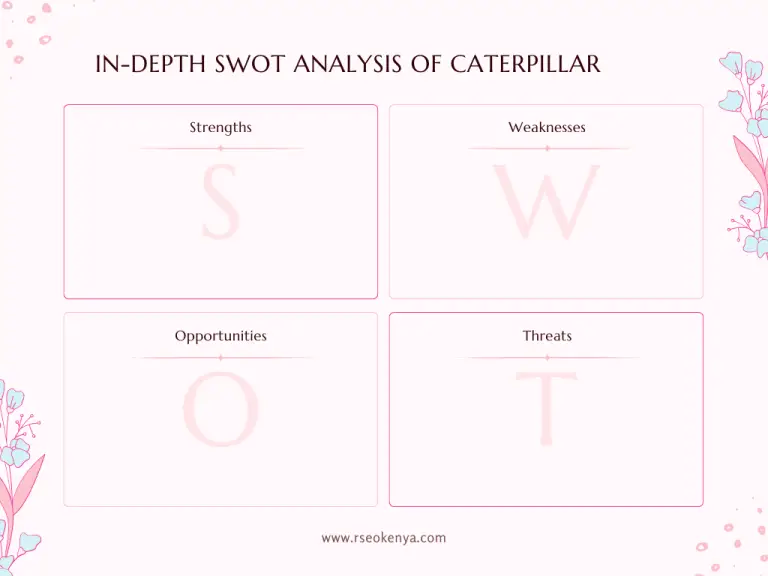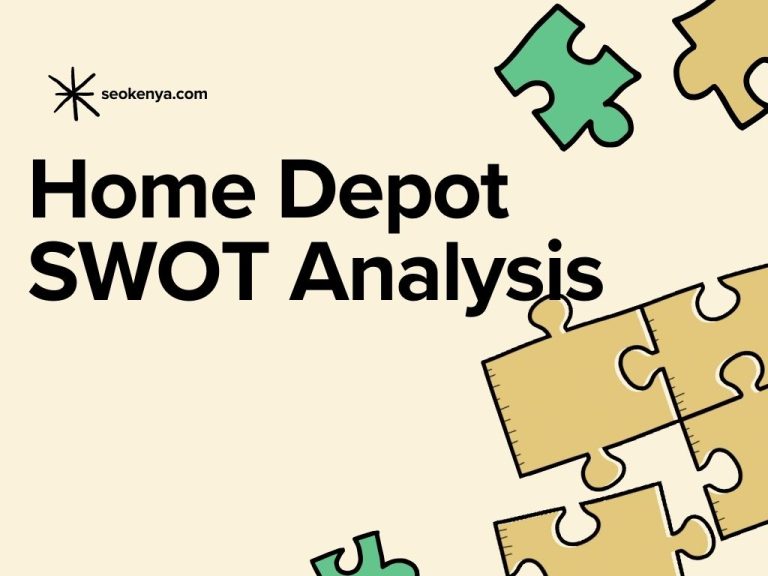In-Depth Procter & Gamble SWOT Analysis: Strengths, Weaknesses, Opportunities, And Threats for Procter & Gamble
Procter & Gamble (P&G) is a leading multinational consumer goods company with a portfolio of well-known brands that include Tide, Crest, Pampers, and many others.
P&G has a long history of success, but like any company, it faces both opportunities and challenges.
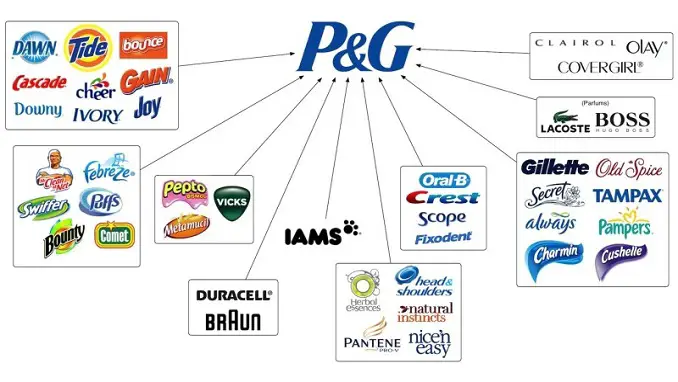
Procter & Gamble Company Overview
Here’s an overview of Procter & Gamble (P&G) in a table format:
| Category | Details |
| Company Name | The Procter & Gamble Company |
| Founded | 1837 |
| Founders | William Procter and James Gamble |
| Headquarters | Cincinnati, Ohio, U.S. |
| Industry | Consumer goods (Household and personal care products) |
| Products | Household cleaning products, personal care products, baby care products, family care products, fabric and home care products |
| Major Brands | Tide, Ariel, Downy, Gain, Bounce, Febreze, Mr. Clean, Swiffer, Pampers, Luvs, Always, Tampax, Pantene, Head & Shoulders, Herbal Essences, Crest, Oral-B, Gillette, Venus, Old Spice, Secret, Native |
| Key Executives | Jon R. Moeller (President and Chief Executive Officer), Andre Schulten (Chief Financial Officer), Shailesh Jejurikar (Chief Operating Officer) |
| Revenue | $80.2 billion (2022) |
| Net Income | $14.7 billion (2022) |
| Employees | Around 106,000 (as of 2022) |
| Website | www.pg.com |
In this article, we will delve into the SWOT analysis of Procter & Gamble to gain a better understanding of the company’s strengths, weaknesses, opportunities, and threats.
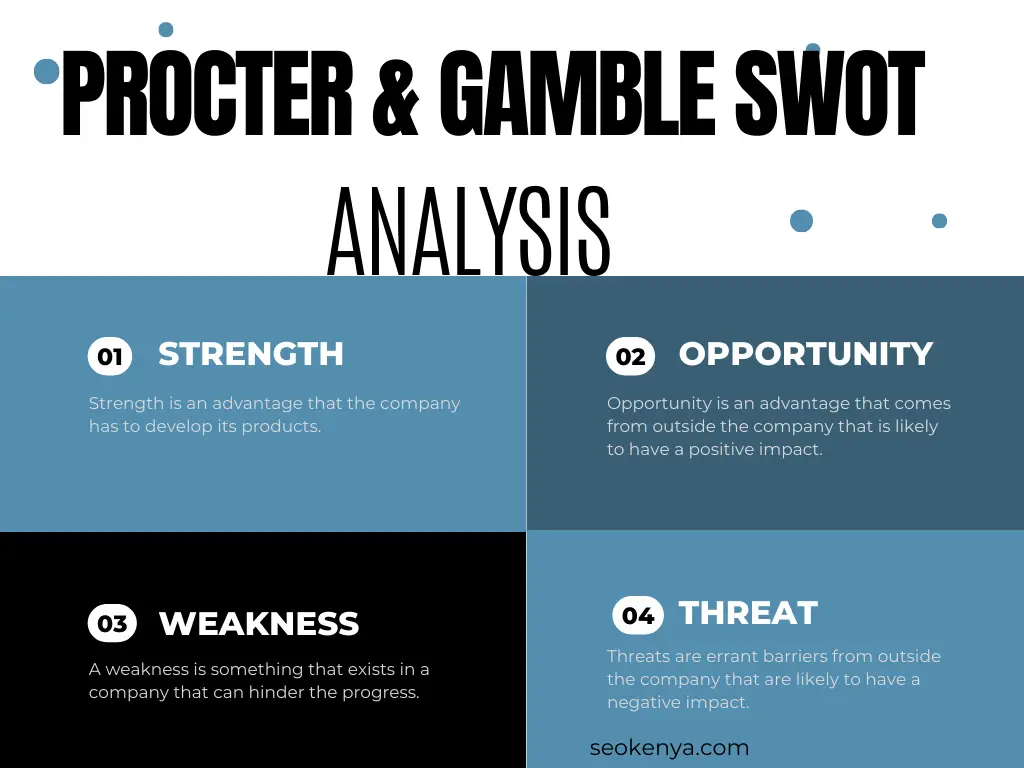
Strengths of Procter & Gamble
Strong Brand Portfolio:
Procter & Gamble has a strong brand portfolio with a number of well-known brands that have a loyal customer base. This strong brand recognition and customer loyalty provide the company with a competitive advantage.
Wide Reach:
Procter & Gamble has a wide global reach, with operations in over 70 countries. This broad geographic footprint allows the company to tap into new markets and reach a larger customer base.
Diversified Product Offerings:
P&G has a diversified product portfolio, offering products in a wide range of categories including personal care, household care, and beauty products. This diversification helps the company mitigate the risk of relying on a single product line for its revenue.
Strong Financial Position:
Procter & Gamble has a strong financial position, with a history of steady growth and profitability. The company’s strong financial position gives it the ability to invest in research and development, as well as make strategic acquisitions.
Weaknesses of Procter & Gamble
Over-reliance on Developed Markets:
Procter & Gamble has a significant presence in developed markets, particularly in North America and Europe. This over-reliance on developed markets makes the company vulnerable to economic downturns in these regions.
High Cost Structure:
P&G has a high cost structure, with high research and development costs, as well as high marketing and advertising costs. This high cost structure can impact the company’s competitiveness, particularly in price-sensitive markets.
Intense Competition:
The consumer goods industry is highly competitive, and Procter & Gamble faces intense competition from other major players such as Unilever, Johnson & Johnson, and others.
Slow pace of innovation:
P&G has been criticized for its slow pace of innovation, which has resulted in the company losing market share to more nimble competitors. This slow pace of innovation is a weakness that could potentially limit the company’s future growth prospects.
Limited presence in emerging markets:
Despite its global reach, P&G has limited presence in emerging markets, such as Asia and Africa. This limited presence in these rapidly growing markets is a weakness that could limit the company’s long-term growth prospects.
Slow Adaptation to Digital Trends:
P&G has been slow to adapt to digital trends, which has impacted its ability to reach younger generations of consumers and expand its online presence. This could limit the company’s growth opportunities in the long term.
Opportunities for Procter & Gamble
Emerging Markets Growth:
Emerging markets, such as Asia and Africa, offer significant growth opportunities for Procter & Gamble. As these markets continue to develop and consumer purchasing power increases, there is potential for significant growth for P&G in these regions.
Expansion into New Product Categories:
Procter & Gamble has the opportunity to expand into new product categories, such as health and wellness products, to further diversify its product portfolio and tap into new markets.
Increased Focus on Sustainability:
With consumers becoming more environmentally conscious, there is an opportunity for Procter & Gamble to increase its focus on sustainability and offer more eco-friendly products.
Expansion into new market segments:
P&G has the opportunity to expand its operations into new market segments, such as health and wellness products. This expansion into new market segments could provide a new source of revenue and growth for the company.
Threats to Procter & Gamble
Economic Uncertainty:
Economic uncertainty, such as economic recessions and trade disputes, can impact consumer spending and negatively impact Procter & Gamble’s sales and profitability. During these times, P&G may need to reduce costs or adjust its operations to remain profitable.
Changing Consumer Preferences:
Consumer preferences and trends can change rapidly, and Procter & Gamble must continuously innovate and adapt to stay ahead of the competition.
Competition from low-cost competitors:
P&G faces significant competition from low-cost competitors, both domestically and internationally. These competitors are able to produce similar products at lower prices, which can negatively impact P&G’s profitability.
Fluctuations in commodity prices:
P&G is exposed to fluctuations in commodity prices, such as the prices of raw materials and energy. These fluctuations can increase the cost of production, which can negatively impact the company’s profitability.
Government regulations:
P&G operates in a highly regulated industry, and changes in government regulations can negatively impact the company’s operations.
For example, new regulations regarding the use of certain chemicals in consumer goods could result in increased costs or reduced sales for P&G.
Increasing Cost of Raw Materials:
The cost of raw materials used in the production of consumer goods is constantly increasing, which can have a negative impact on P&G’s profitability. The company may need to increase prices to offset these rising costs, which could impact its competitiveness in the market.
In conclusion, P&G is a well-established company with a strong portfolio of household and personal care brands. The company has a solid financial position and operates in over 180 countries, providing it with numerous growth opportunities.
However, it also faces significant challenges, including intense competition, slow adaptation to digital trends, and changing consumer preferences.
To remain a leader in the industry, P&G must continue to innovate and adapt to changing market conditions while leveraging its strengths to overcome its weaknesses.
